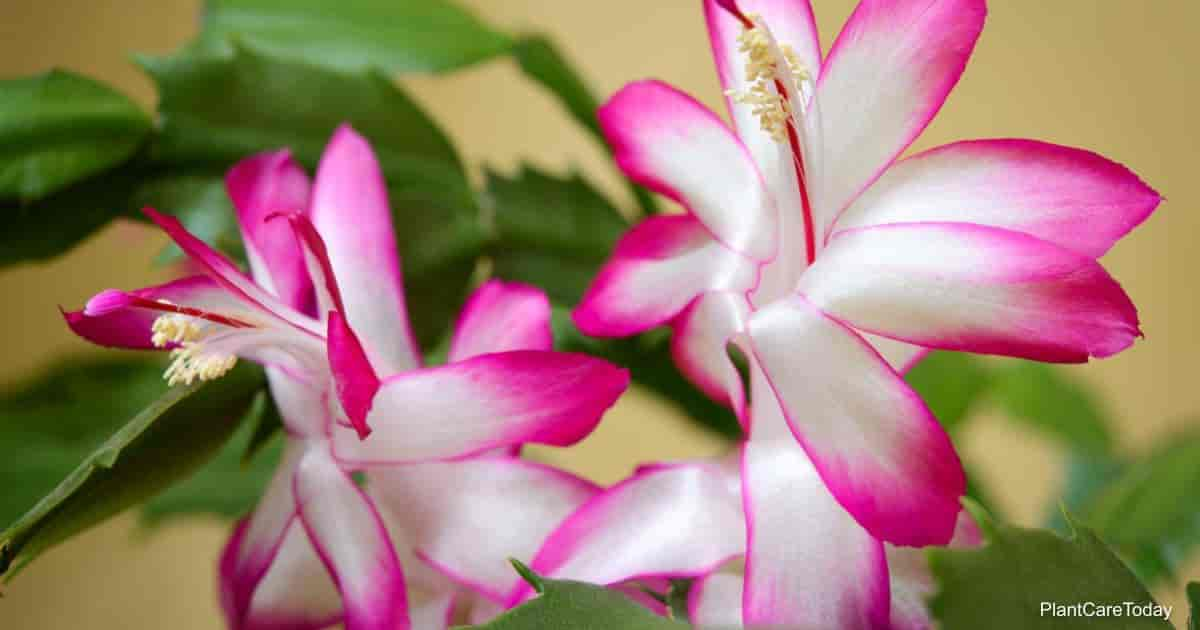Christmas cactus, known for its vibrant holiday blooms, captivates gardeners and plant enthusiasts alike. Its unique flowering pattern and the ephemeral beauty of its blossoms make it a treasured houseplant during the festive season. However, achieving a bountiful display of blooms requires more than just a dash of affection and the right potting medium. The success of your Christmas cactus often hinges on the judicious selection of its plant food. This article will explore the intricacies of fertilizing Christmas cacti to amplify their floral performance.
Understanding the Nutritional Needs of Christmas Cactus
Christmas cacti (Schlumbergera spp.) are epiphytic plants, thriving in the humid environment of rainforests where they naturally grow on trees. Because they evolved in such a unique habitat, their nutritional requirements can differ significantly from traditional soil-bound plants. To flourish, they require a balanced supply of essential nutrients, including nitrogen, phosphorus, and potassium, often referred to as NPK.
Nitrogen is vital for foliar growth, which correlates to the overall health of the plant. Healthy foliage serves as a reservoir of energy, enabling the plant to channel resources into the blooming process. Conversely, phosphorus plays a crucial role in flower and root development, fostering the production of blossoms. Potassium enhances overall plant vigor, contributing to cellular functions and stress resistance.
It is also essential to consider secondary nutrients such as magnesium, calcium, and sulfur, along with trace elements like iron and manganese. A well-rounded fertilizer will provide these nutrients in appropriate ratios to optimize growth and flowering.
The Timeline for Fertilization: When to Feed
Timing is critical when it comes to fertilizing Christmas cacti. These plants have distinct growth cycles closely tied to seasonal changes. To stimulate blooming, it is advisable to follow a seasonal fertilization schedule:
In late winter to early spring, focus on fertilizing your Christmas cactus while it enters its active growth period. During this phase, a balanced, water-soluble fertilizer with an NPK ratio of 20-20-20 can be beneficial. This ratio ensures an adequate supply of all essential nutrients, fostering robust foliage growth.
As summer wanes and autumn approaches, conveniently timed feeding can sustain foliage health. Employ a low-phosphorus fertilizer during this transition, allowing the plant to prepare for its blooming phase. This approach can enhance flower bud formation as the plant gears up for winter.
Once the buds begin forming, halt fertilization in late autumn. This pause allows the plant to conserve energy for blooming, ensuring the showy flowers burst forth in splendor come holiday time.
Choosing the Right Fertilizer: Liquid vs. Slow-Release
When selecting a fertilizer for Christmas cactus, gardeners have a choice between liquid fertilizers and slow-release granules. Both options have their merits and should be chosen based on the specific needs of your cactus.
Liquid fertilizers offer immediate nutrient availability, making them ideal for stimulating growth during the active growing season. They can be easily diluted with water, ensuring that the plant receives a swift infusion of nutrients. Application typically occurs every two to four weeks during the growing season, depending on the plant’s light exposure and health.
Conversely, slow-release fertilizers provide nutrients gradually over an extended period. This option is particularly advantageous for novice gardeners or those with busy schedules, as it reduces the frequency of applications. A balanced, slow-release fertilizer can provide sustained nourishment throughout the growing season, allowing for steady growth and preparation for blooming.
Another critical aspect of fertilizer selection is the pH level. Christmas cacti prefer a slightly acidic to neutral pH (6.0-7.0). It is advisable to select fertilizers designed specifically for cacti and succulents, as these are often formulated to meet the unique chemical requirements of such plants.
Common Mistakes to Avoid When Fertilizing
Another oversight is the neglect of watering practices. Fertilizers should only be applied during adequately moist conditions; they should never be applied to dry soil as this can cause root burn. To maintain an ideal balance, always water your cactus a day or two prior to fertilization.
Lastly, be vigilant about seasonal adjustments. Fertilization rates should decline as the plant approaches its dormancy phase after blooming. The focus should shift to maintaining plant health through proper watering and environmental conditions, reducing artificial stimulation when the plant needs rest.
The Ethereal Blooming Cycle: Beyond Nutrition





Leave a Comment